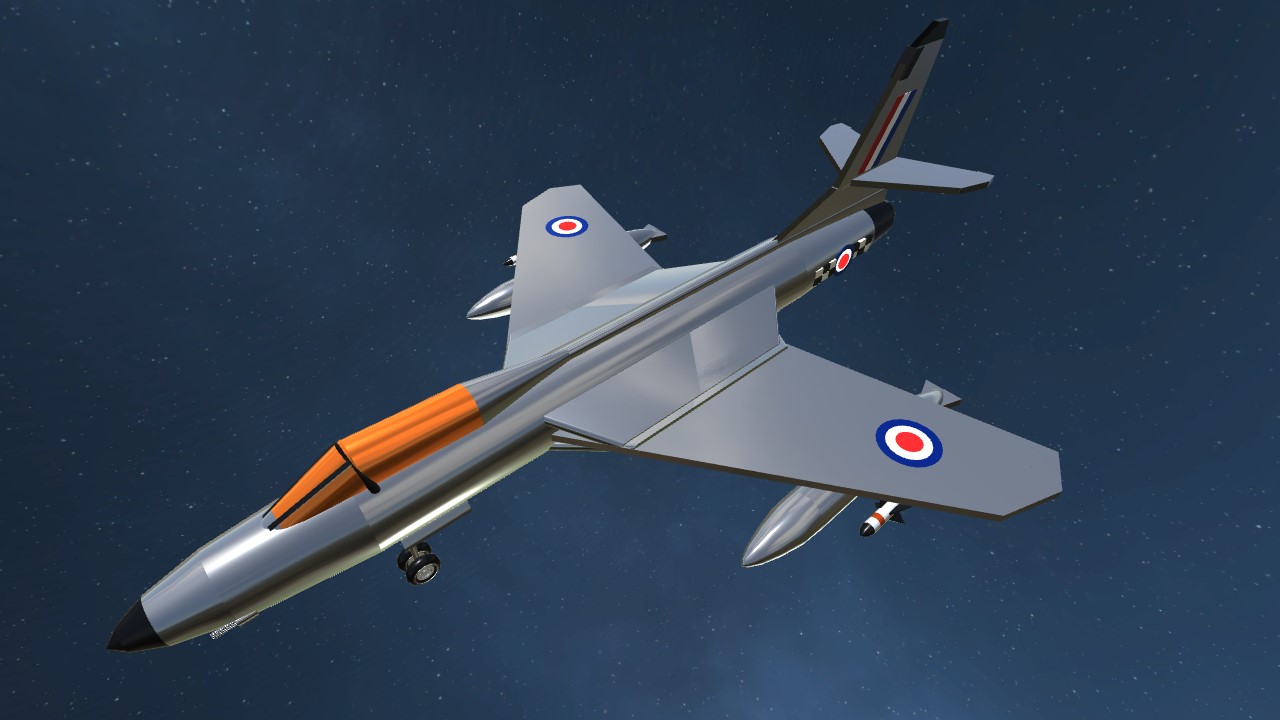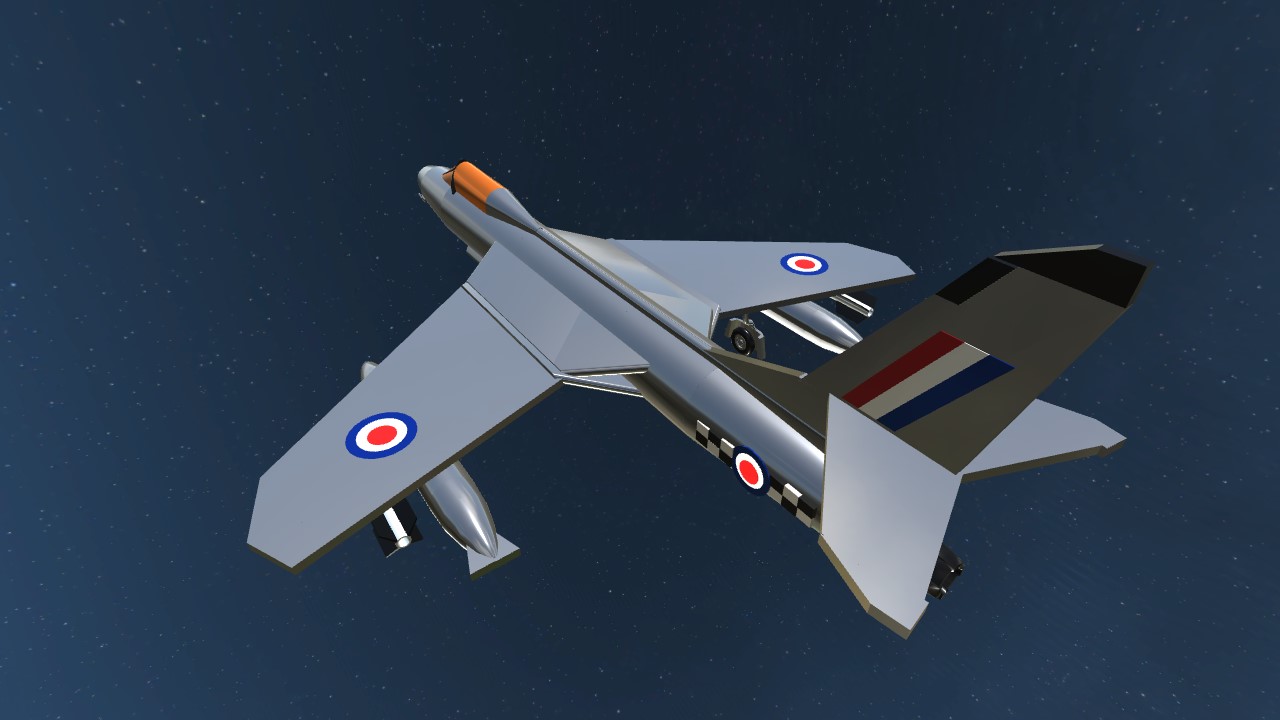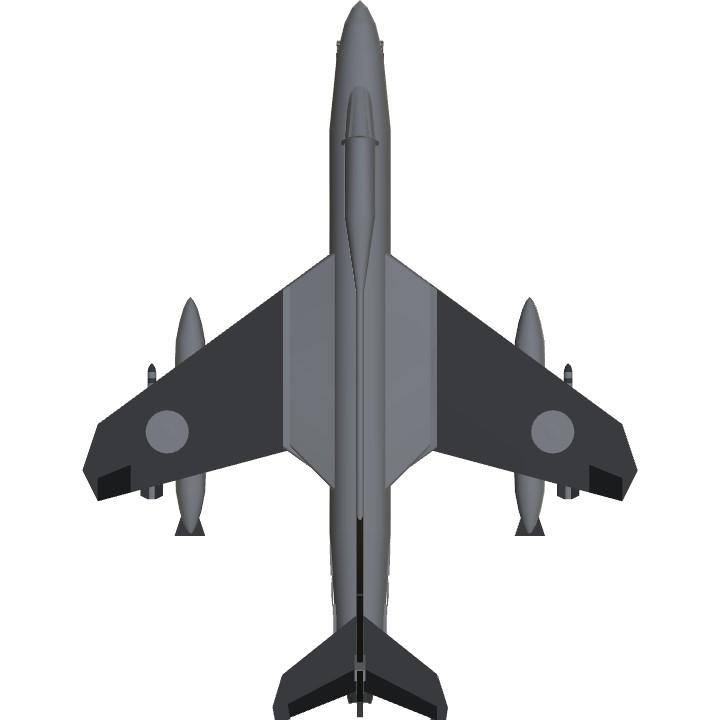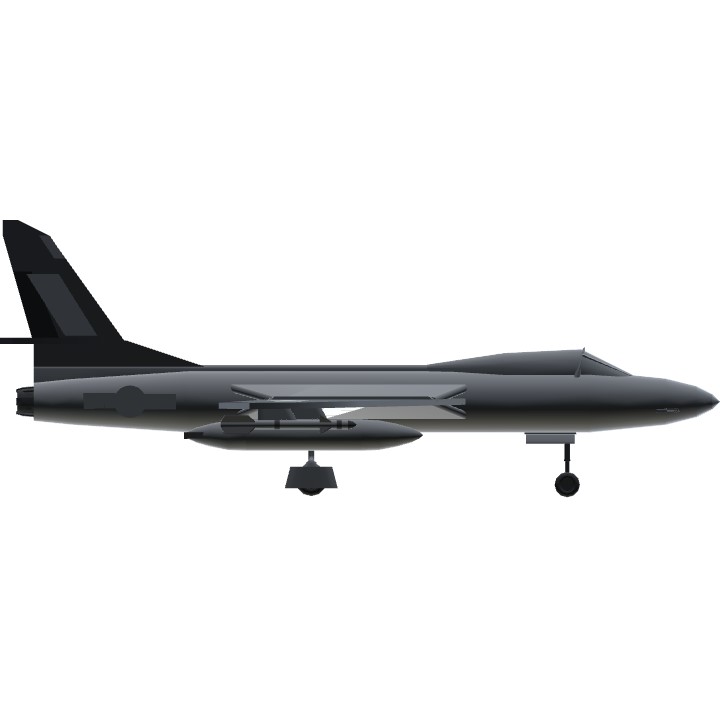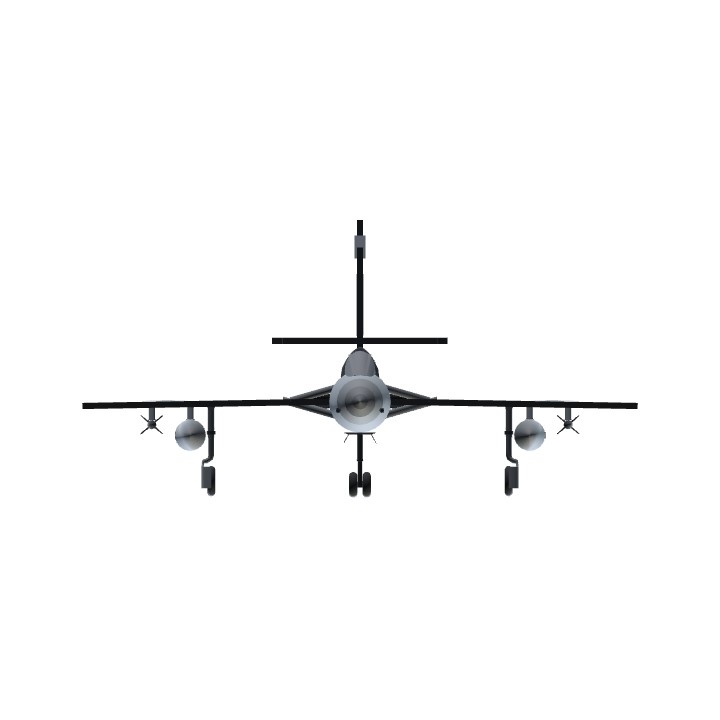The Hawker Hunter is a transonic British jet-powered fighter aircraft that was developed by Hawker Aircraft for the Royal Air Force (RAF) during the late 1940s and early 1950s. It was designed to take advantage of the newly developed Rolls-Royce Avon turbojet engine and the swept wing, and was the first jet-powered aircraft produced by Hawker to be procured by the RAF. On 7 September 1953, the modified first prototype broke the world air speed record for jet-powered aircraft, achieving a speed of 727.63 mph (1,171.01 km/h; 632.29 kn). The single-seat Hunter was introduced to service in 1954 as a manoeuvrable interceptor aircraft, quickly succeeding first-generation jet fighters in RAF service such as the Gloster Meteor and the de Havilland Venom. Successively improved variants of the type were produced, adopting increasingly more capable engine models and expanding its fuel capacity amongst other modifications being implemented. Hunters were also used by two RAF display teams: the "Black Arrows", who on one occasion looped a record-breaking 24 Hunters in formation, and later the "Blue Diamonds", who flew 16 aircraft. The Hunter was also widely exported, serving with a total of 21 overseas air forces. During the 1960s, following the introduction of the supersonic English Electric Lightning in the interceptor role, the Hunter transitioned to being operated as a fighter-bomber and for aerial reconnaissance missions, using dedicated variants for these purposes. Two-seat variants remained in use for training and secondary roles with the RAF and the Royal Navy until the early 1990s. Sixty years after its original introduction it was still in active service, being operated by the Lebanese Air Force until 2014.
Specifications
General Characteristics
- Created On Windows
- Wingspan 29.3ft (8.9m)
- Length 38.3ft (11.7m)
- Height 14.6ft (4.5m)
- Empty Weight 6,665lbs (3,023kg)
- Loaded Weight 15,787lbs (7,161kg)
Performance
- Power/Weight Ratio 0.213
- Wing Loading 64.9lbs/ft2 (317.0kg/m2)
- Wing Area 243.2ft2 (22.6m2)
- Drag Points 4127
Parts
- Number of Parts 136
- Control Surfaces 5
- Performance Cost 497

